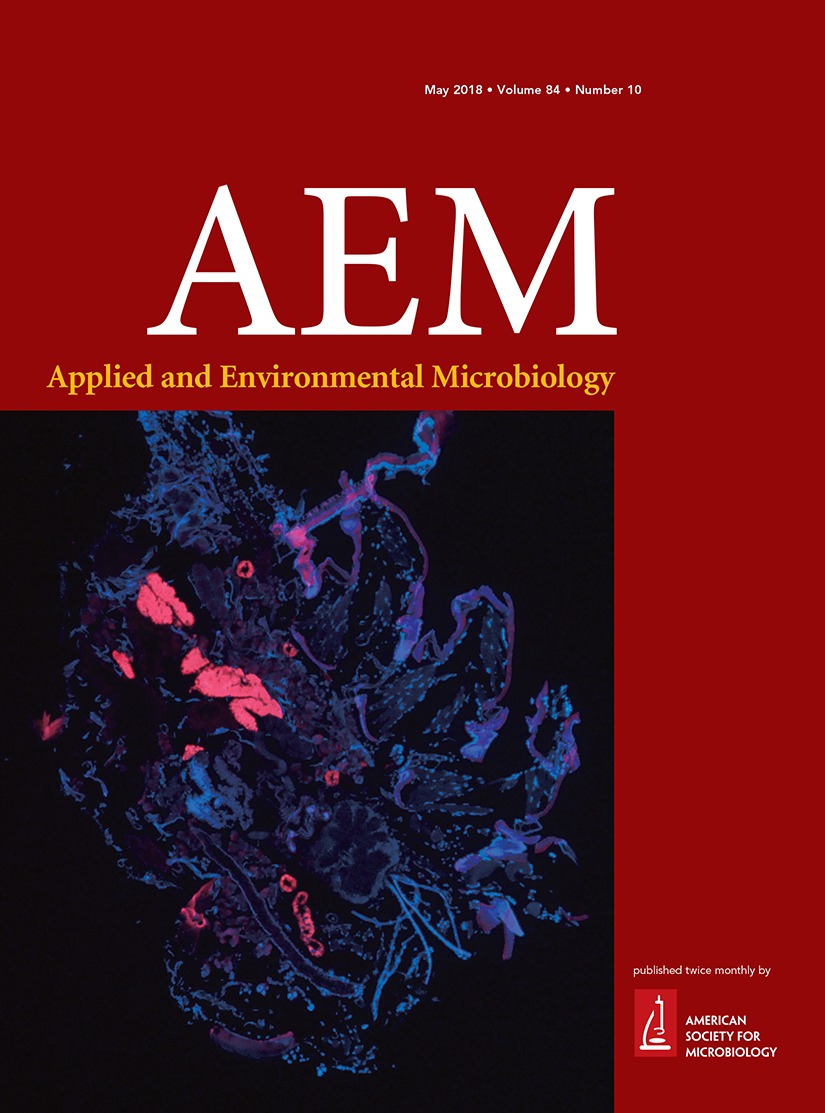Thanks for the kind words. I feel kinda bad because it looks like the vendor I recommended has been sold out for a while now. So I am not sure how practical my recommendation was!
Still, plenty of other live sand vendors out there in principle, and I know that FloridaPets does restock periodically, I've seen their inventory update perhaps weekly.
In terms of sandstorms, I should clarify that one of the tanks I treated here is bare bottom display, with live -ish rock and now live sand and mud in the refugium. I prefer sand bottoms in display tanks but this is a frag tank system (2 frag tanks with a sump) and I prefer to run those without sand in the display. So the effects of live sand/mud don't require having sand in the display.
Floridapets.com now has Keys live mud and Keys live sand back in stock! I just ordered some.


















